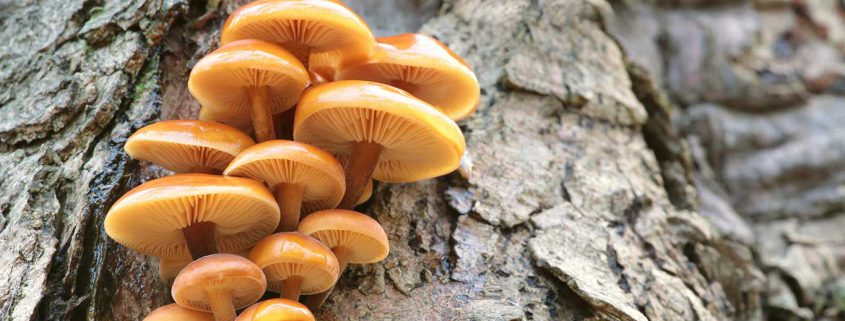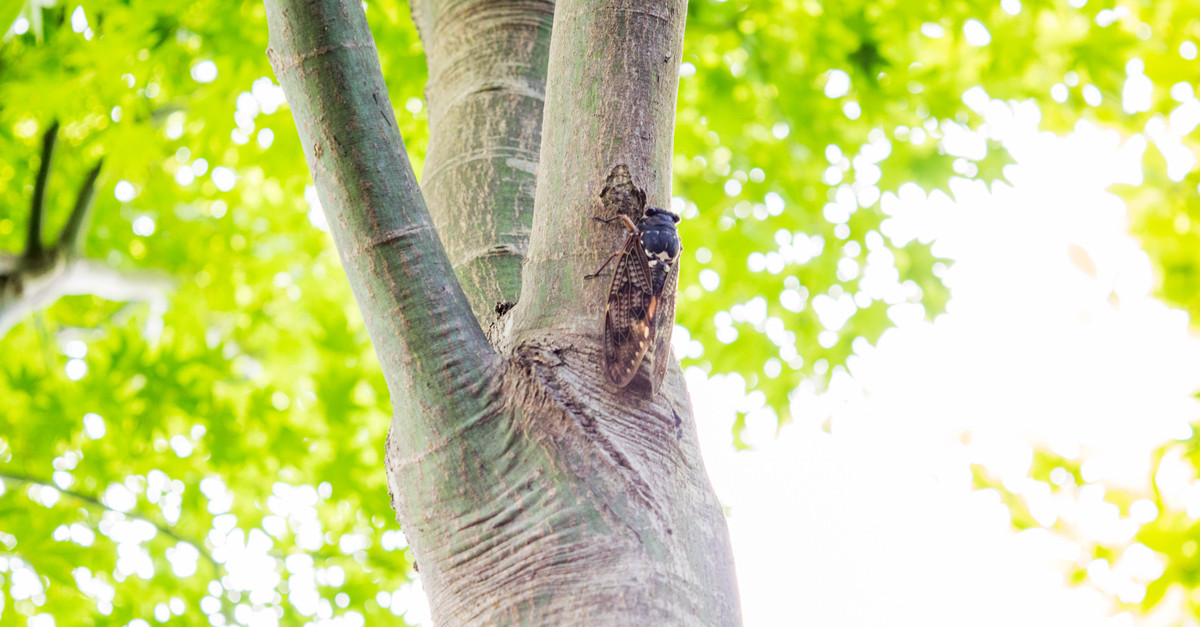Holy Shiitake: Which Mushrooms are Safe?
Mushrooms are easily among the most intriguing of all the plant species. Though technically fungi, there may not be another plant that will so quickly garnish a reaction from just about anyone as much as the mushroom. Countless varieties exist, from the highly colorful to the highly ugly. While some are delicious and nutritious, a regular culinary staple, others are incredibly dangerous to consume, causing side effects that can range from poisonous to psychedelic. While this information summarizes the range of interactions between mushrooms and human consumption, it does not even begin to touch on the relationships that mushrooms have with other plant life.
When you see a patch of mushrooms growing in your yard, it is a good idea to take a close look at what is going on and how the mushrooms may influence the life of your trees and other plants. Mushrooms are a physical formation of a collection of fungus, which is why they are referred to more scientifically as “fungi.” They can grow in grassy patches, in wet areas or even out of a rotting log. The location of the mushroom, its color, and its shape are all determining factors as to whether or not the mushroom is safe to touch, let alone safe to be near your beloved trees.
Before addressing any mushrooms in your yard, it is essential that you note the marking attributes, including:
- Color
- Shape
- Size of the pores
- Size of the stem
- Habitat in which the mushrooms grew
- The number of mushrooms present
Use this information and check the images against an encyclopedic reference. You can easily find online listings of the types of mushrooms you most typically will find in your region.
In general, there are some benefits to having mushrooms around your yard. Mushrooms can help clean up dead plants and plant parts that are decomposing on your property. This helps to improve and maintain soil fertility, enriching the microbiology of the soil and thereby improving plant performance and veracity with symbiotic associations between root structures. However, some mushrooms can actually cause plants to develop diseases — some of which are actually quite serious.
Just because a mushroom is toxic for human consumption doesn’t mean that it is going to cause damage to your greenery. Simply pulling a mushroom out of the ground may give the superficial appearance of removal, but in some circumstances, it could actually cause further spreading of the fungi. Too close to one of your trees and that could mean long-term damage if you are dealing with a particularly troublesome type of mushroom. Before touching a mushroom, and certainly, before attempting to remove it, you need to consult a professional to ensure that you understand the type of mushroom you are dealing with.
Premier Tree Solutions can help. We specialize in a number of arboreal areas, including tree removal, tree trimming, pruning, storm damage reparation and cleanup, branch clearing and debris removal, stump removal, grinding, Bobcat work and more. If you need tree-related help, give us a shout. Let us know how we can help today at 404-252-6448 or contact us here.










